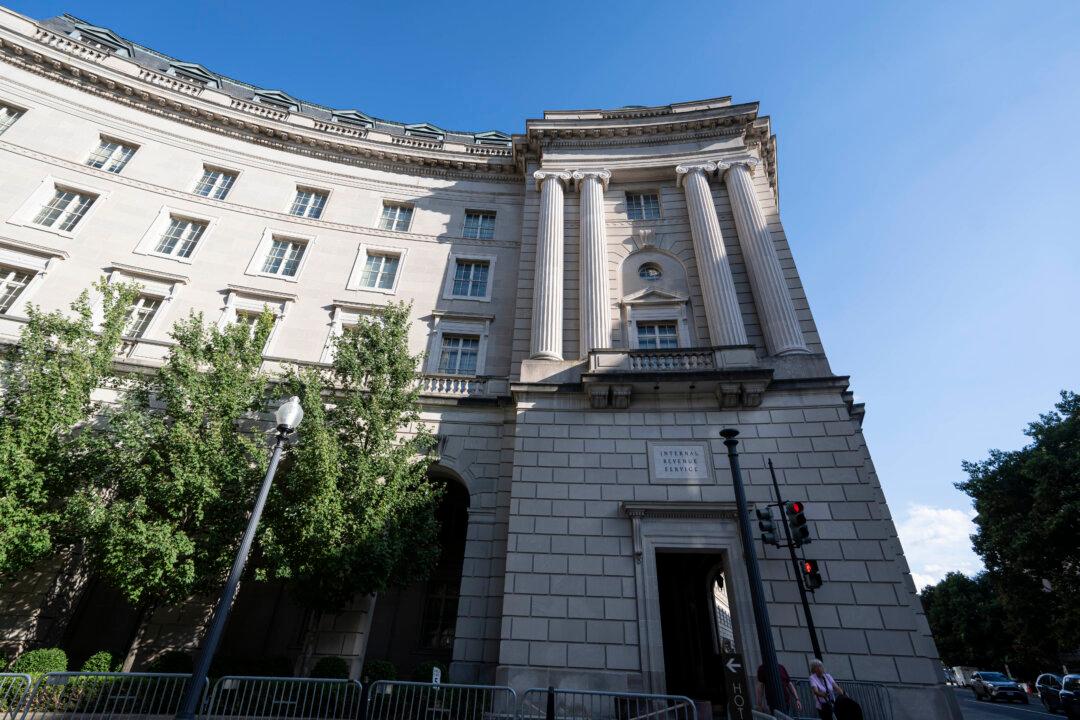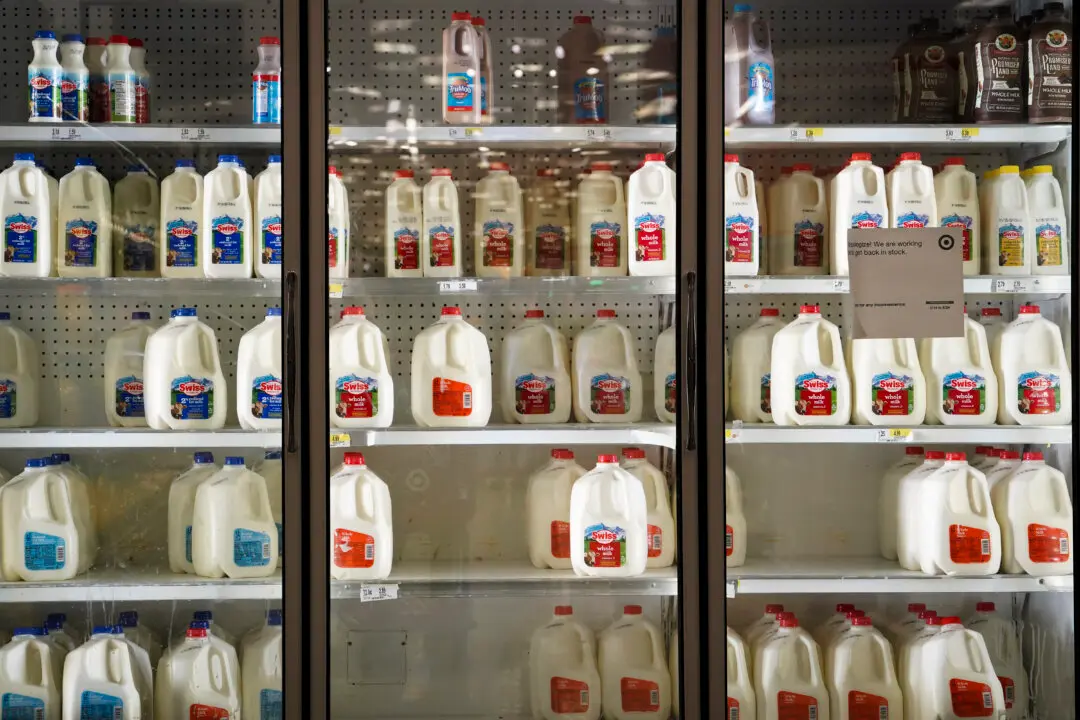Owners of individual retirement accounts (IRAs) can give more toward charities tax-free this year but must make such donations before the end of 2024, according to a recent reminder from the IRS.
IRA owners aged 70 1/2 and older “can make up to $105,000 in tax-free charitable donations during 2024 through qualified charitable distributions (QCD). That’s up from $100,000 in past years,” a Nov. 14 IRS statement notes. QCDs are distributions made from an IRA account to qualified charities. For those aged 73 and older, QCDs also count toward the annual required minimum distributions (RMDs) they’re expected to make. For married couples with separate IRAs, donations can go up to $210,000.





